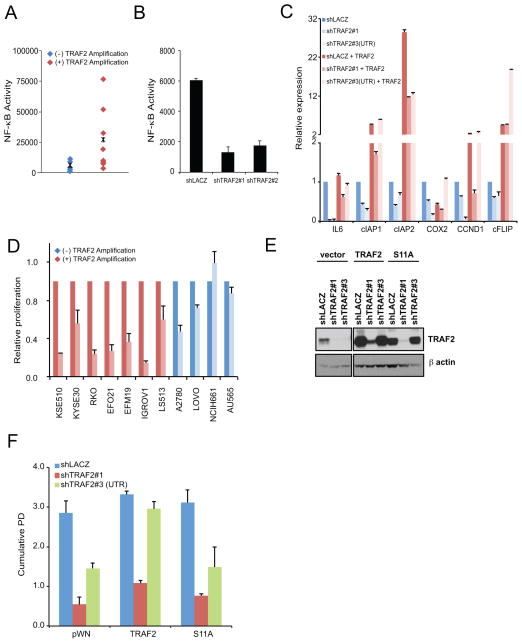Figure 4. TRAF2 activates NF-κB in cancer cells with TRAF2 amplification.
(A) NF-κB activity in cancer cell lines with (RKO, KYSE30, H2009, SUM52, T47D, LS513, EFO21, EFM19) or without (A2780, NCIH661, OV90, SW48, BT474) TRAF2 amplification. Cell lines were transduced with a stable NF-κB luciferase reporter and raw light united (RLU) activity was measured and normalized to baseline viability activity (B) NF-κB activity in RKO cells after TRAF2 suppression. Stable NF-κB reporter RKO cells were transduced as indicated with TRAF2-specific shRNA and luciferase raw light unit (RLU) activity was measured and normalized to activity observed with control vector. Results reported as mean ± SD of three experiments. (C) NF-κB target gene expression in RKO cells following expressing TRAF2 specific shRNA (TRAF2#1 or shTRAF2 #3(UTR)) specific shTRAF2 (shTRAF2#3) with TRAF2 or control (vector). Relative expression was quantified by RT-PCR using ΔΔCT and normalized to levels observed with control (V5 and shLACZ) cells. (D) Proliferative capacity of cell lines after NF-κB inhibition. Cells line with (red) and without (blue) TRAF2 amplification were transduced with the NF-κB super-repressor and proliferation was normalized to cells expressing control vector (Dark colors). Results reported as mean ± SD of three experiments. (E) TRAF2 expression in RKO cells coexpressing either control (shLACZ), shTRAF2#1 or a UTR-specific shTRAF2 (shTRAF2 #3) with TRAF2, TRAF2 S11A, or control (vector). (F) Long term proliferative capacity of RKO cells after TRAF2 suppression and forced expression of TRAF2 or TRAF2 S11A. Cumulative population doubling (PD) of RKO cells from (E) 21d after transduction.

